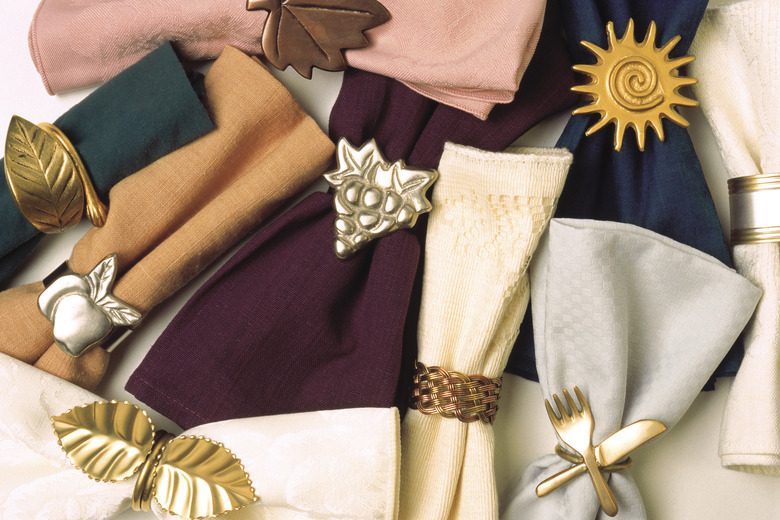Effective Ways Of Recycling & Reducing Non-Biodegradable Waste
Reducing your landfill footprint is a great way to do your part for the environment. Doing so means taking a look at what is in your trash. Recycling as much as you can, reducing packaging waste, using reusable items instead of disposable and reusing products intended to be disposable are all effective ways to reduce your household's non-biodegradable waste.
Recycle Waste
Recycle Waste
According to the U.S. Environmental Protection Agency, American consumers recycled and composted nearly 35 percent of the 250 million tons of waste they produced in 2011 (See References 1). Participate in your community's recycling program, whether curbside pickup or recycling center drop-off. Know what is required of your program — for example, if you must rinse, sort or take off labels. Most communities recycle paper, plastic, aluminum and glass. Make it a habit in your household, just like throwing away trash.
Reduce Packaging
Reduce Packaging
For many households, packaging is a large contributor of non-biodegradable waste. Buying the largest package possible of food, toiletries and even toilet paper will cut down on such packaging waste (See References 2). Avoid purchasing single serving items, as each portion creates waste. Invest in a filter pitcher instead of using bottled water, for instance. Make some purchases based on whether the package can be recycled or not.
Reuse Consumables
Reuse Consumables
What is something you throw away every day? A napkin, a tissue? Try to use cloth napkins, tissues and rags instead. They will be less expensive long-term, and if you put them in the washer with your towels, little is changed for you.
Opting for cloth diapers is more of a commitment, both in time and money — not to mention the looks you will receive. However, using cloth diapers for a few years negates a huge environmental impact — namely, it keeps upwards of 6,000 diapers out of the landfill (See References 3).
Reuse Trash
Reuse Trash
Besides packaging and paper products, still other items end up in your waste bin: items that can't be recycled in your community or those that are intended for disposal. Reuse your humble twist ties, destined for the landfill before even purchased. Be creative and paint discarded butter or yogurt tubs to use as a flower pot or a pencil holder. Reuse silica packets in your toolbox or with important documents to keep them moisture-free (See References 4). Silica packets may not be edible, but are certainly reusable.
Cite This Article
MLA
Wise, Maureen. "Effective Ways Of Recycling & Reducing Non-Biodegradable Waste" sciencing.com, https://www.sciencing.com/effective-ways-recycling-reducing-nonbiodegradable-waste-22724/. 24 April 2017.
APA
Wise, Maureen. (2017, April 24). Effective Ways Of Recycling & Reducing Non-Biodegradable Waste. sciencing.com. Retrieved from https://www.sciencing.com/effective-ways-recycling-reducing-nonbiodegradable-waste-22724/
Chicago
Wise, Maureen. Effective Ways Of Recycling & Reducing Non-Biodegradable Waste last modified August 30, 2022. https://www.sciencing.com/effective-ways-recycling-reducing-nonbiodegradable-waste-22724/
